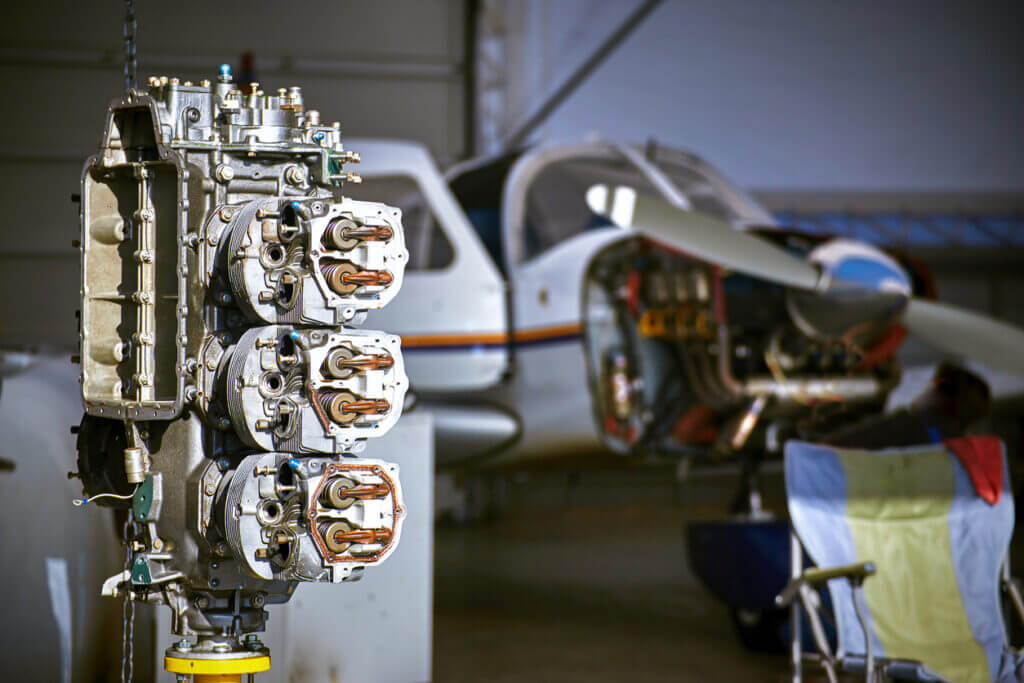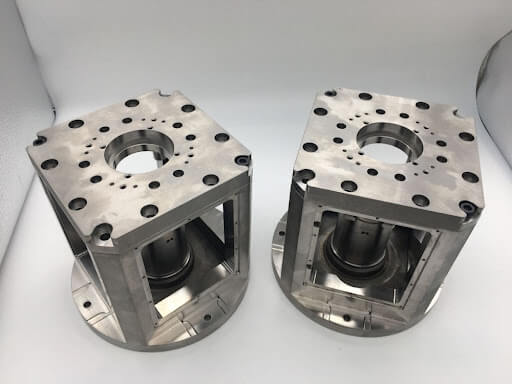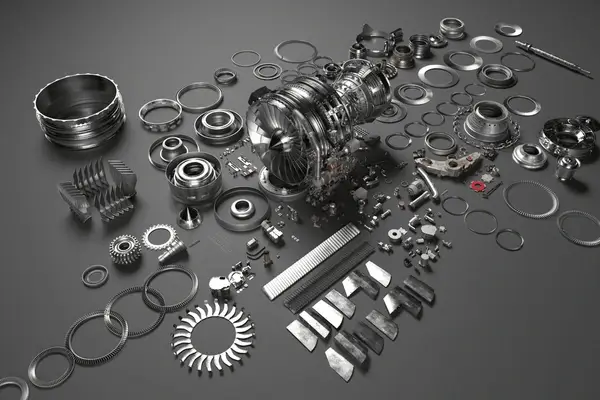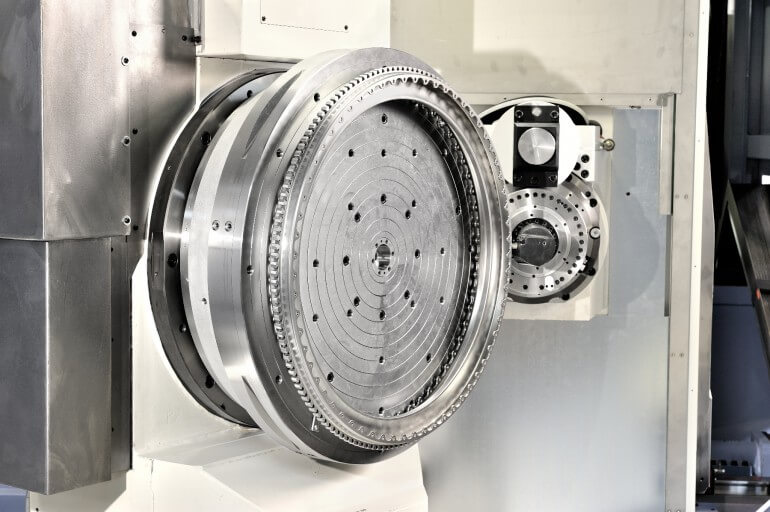The Ultimate Guide to Aerospace Parts Manufacturing
The aerospace industry is a complex and highly specialized field that requires precision and attention to detail. One of the key components of this industry is aerospace parts manufacturing. In this article, we will provide an ultimate guide to aerospace parts manufacturing, covering everything from the basics to the advanced techniques used in this field.
Aerospace parts manufacturing involves the production of various components that are used in the construction of aircraft and spacecraft. These components can range from small, intricate parts to large, structural elements. The manufacturing process for aerospace parts is highly regulated and requires adherence to strict quality standards.

Step 1
The first step in aerospace parts manufacturing is the design phase. Engineers and designers work together to create detailed blueprints and specifications for each component. These blueprints serve as a guide for the manufacturing process and ensure that each part meets the required specifications.
Step 2
Once the design phase is complete, the manufacturing process begins. The first step in manufacturing aerospace parts is material selection. The choice of materials is crucial, as they must be able to withstand the extreme conditions of space and flight. Common materials used in aerospace parts manufacturing include aluminum, titanium, and composites.
Step 3
After selecting the materials, they need to be shaped and formed into the desired components. This step can be accomplished through various processes such as casting, forging or machining. Since each process has its advantages and disadvantages, the specific choice depends on factors such as the complexity of the part and the required performance.
Step 4
Once the components are formed, they undergo a series of inspections and tests to ensure their quality. These tests can include dimensional inspections, non-destructive testing and material analysis. Any defects or deviations from specifications are identified and corrected before the part proceeds to the next stage of the manufacturing process.

Step 5
After the components pass the inspection phase, they are assembled into larger structures. This can involve welding, fastening, or bonding the parts together. The assembly process requires precision and accuracy to ensure that the final product meets the required specifications.
Step 6
Once the assembly is complete, the finished components undergo a final inspection to ensure their quality. This inspection includes functional testing to ensure that the parts perform as intended. Any issues or defects are addressed before the components are packaged and prepared for delivery.
In addition to the basic manufacturing processes, aerospace parts manufacturing also involves advanced techniques such as additive manufacturing and composite manufacturing. Additive manufacturing, also known as 3D printing, allows for the creation of complex geometries and reduces waste. Composite manufacturing involves the use of composite materials, such as carbon fiber, to create lightweight and strong components.

In conclusion, aerospace parts manufacturing is a complex and highly regulated process that involves the production of various components used in the aerospace industry. From the design phase to the final inspection, each step requires precision and attention to detail. Advanced techniques such as additive manufacturing and composite manufacturing are also used to create innovative and high-performance components. By understanding the basics of aerospace parts manufacturing, one can gain a deeper appreciation for the incredible engineering and craftsmanship that goes into the construction of aircraft and spacecraft.
For uncompromising precision, quality, and durability, you can trust Xavier to source, design, and machine the best materials for all your manufacturing needs. To learn more about our cnc machining aerospace parts, contact us today.
